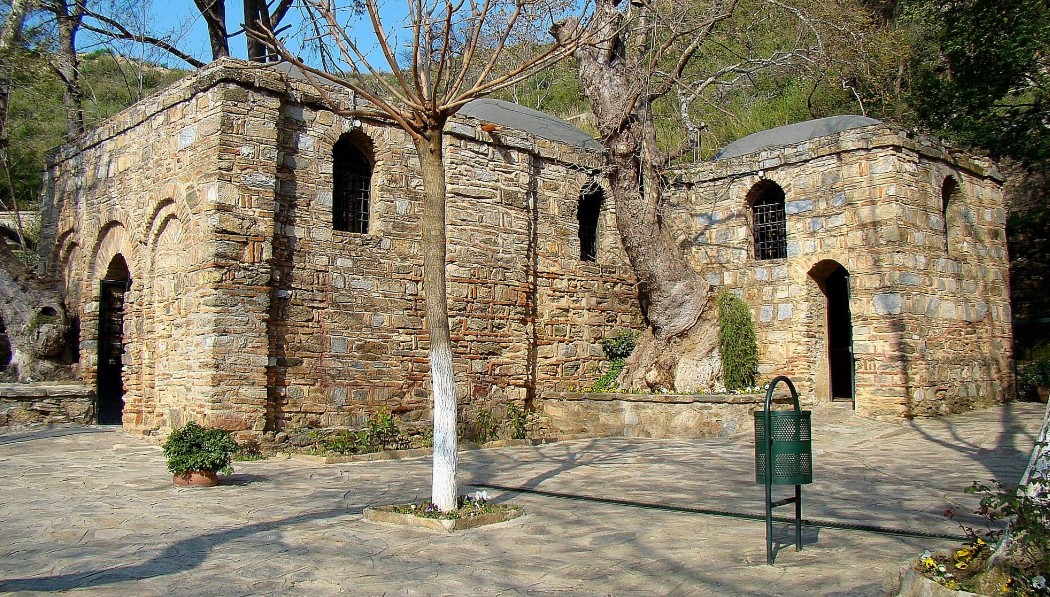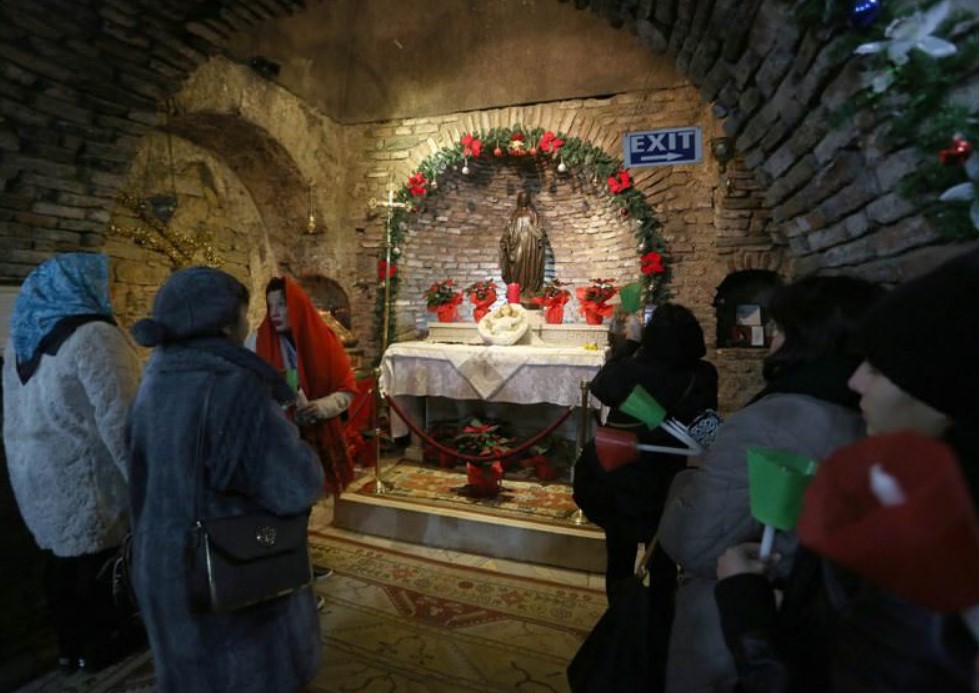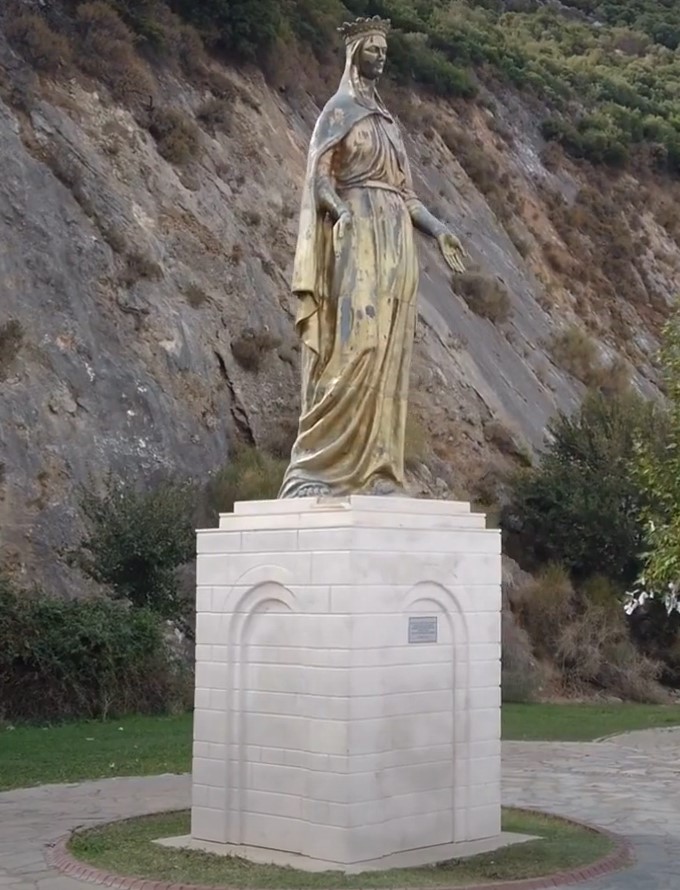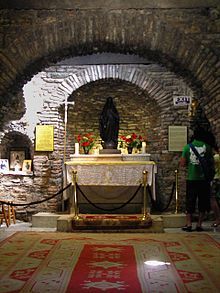The House of the Virgin Mary
A Sacred Historical Site




Location and Significance:
Located on the top of Mount Bülbül, just 9 kilometers from the ancient city of Ephesus, the House of the Virgin Mary offers a serene and spiritual atmosphere hidden within lush greenery. This site is believed to be where the Virgin Mary spent her final days. According to tradition, she came to this region with St. John, who devoted years to spreading Christianity. The house itself is a simple Roman architectural structure made entirely of stone, reflecting Mary’s preference for solitude over crowded living.
The Architecture of the House: In the 4th century AD, a church was constructed that combined her home with her burial site. The original house consisted of two floors, including an anteroom (now used for candle offerings), a bedroom and prayer room (now a Christian church area), and a room with a fireplace (now a chapel for Muslim visitors). Although much of the house has been restored, the central area and a room to the right of the altar remain accessible to visitors today.
The Unique Characteristics of the House: From its architecture, it’s clear that the building resembles a church more than a house. Another notable feature is the “Water of Mary,” a spring near the exit of the church area. Believed to have curative properties, this salty water is accessible to all visitors.
Religious Significance and Pilgrimages :The site has been recognized as a place of pilgrimage by both Christians and Muslims. Pope Paul VI was the first to visit in the 1960s, and later, Pope John Paul II declared it an official pilgrimage site. The location is also important for Muslims, who revere Mary as the mother of one of their prophets. Every year on August 15th, a ceremony commemorates the Assumption of Mary. In 2000, a special celebration also marked the 2000th anniversary of Jesus’ birth.


The Visions of Sister Emmerich and Historical Background :The story of the House of the Virgin Mary gained prominence due to the visions of Sister Anne Catherine Emmerich, which were recorded by Brentano. According to these visions, Mary lived in a secluded area outside Ephesus, where St. John built a home for her on a hill. Her house was the only stone structure in the area, surrounded by fertile slopes, caves, and scattered Christian and Jewish settlements. The summit of the hill offered views of Ephesus and the nearby sea.
Detailed Description of the House: The house was a small, stone structure with a rounded back and a spring running beneath it. The main area was divided by a central fireplace, with a small oratory space behind it where Mary prayed. The room featured a niche containing a cross, which served as the spiritual heart of the house. Additional rooms on either side of the fireplace included Mary’s modest bedchamber and a storage room for her belongings. She lived here quietly with a maidservant, and St. John visited regularly.
The Death and Burial of the Virgin Mary :The visions describe Mary’s peaceful passing on a simple bed in her home, surrounded by the Apostles. After receiving Holy Communion, she passed away in the late evening. Her burial took place in a cave along her personal Way of the Cross. The Apostles prepared her body for burial, anointing it with spices and wrapping it in a shroud. However, when St. John later returned to the tomb with St. Thomas, they found the shroud intact, but Mary’s body had disappeared—a sign of her Assumption.